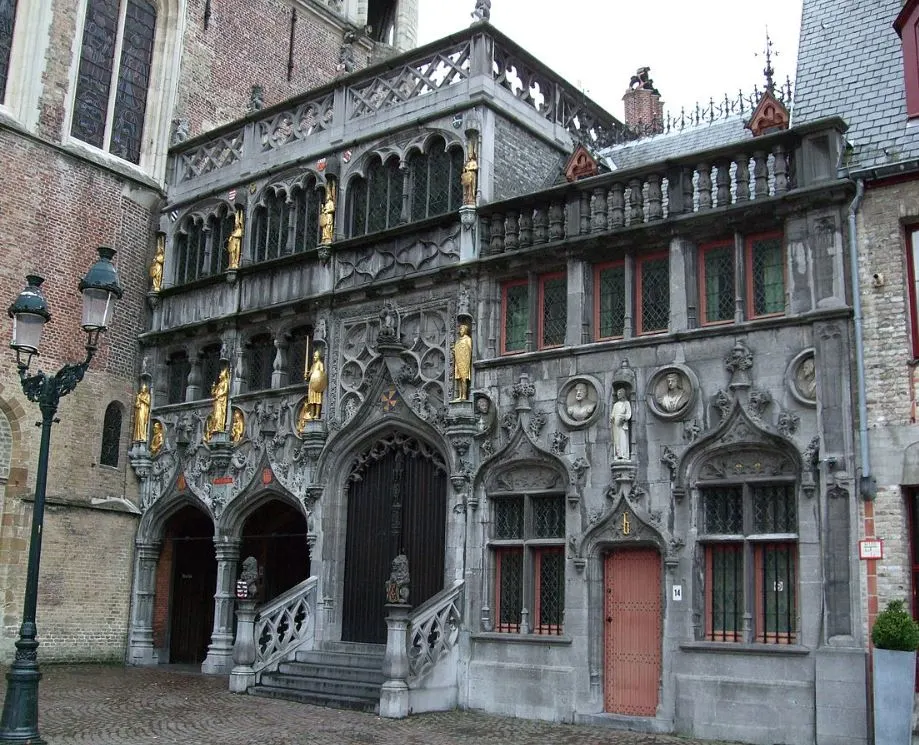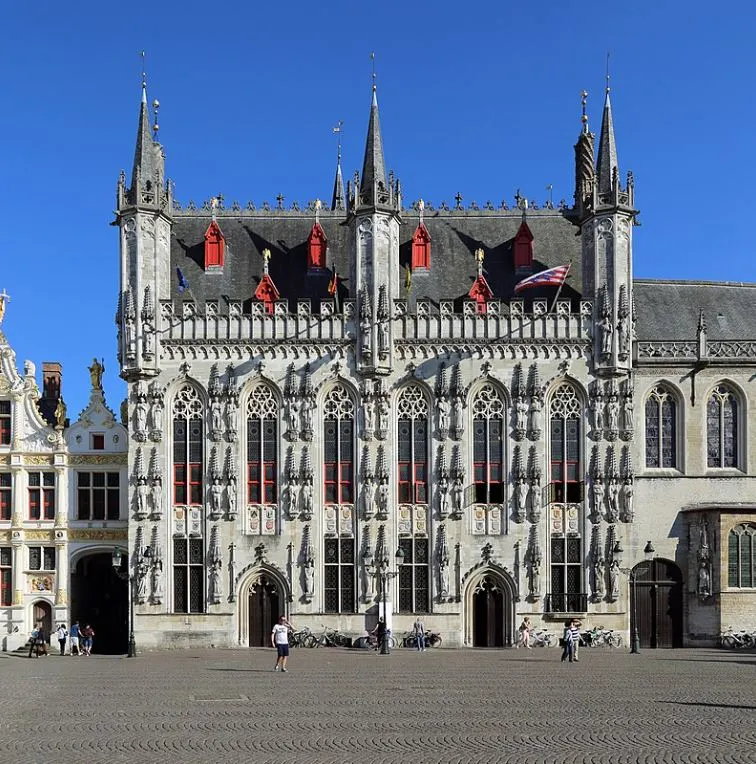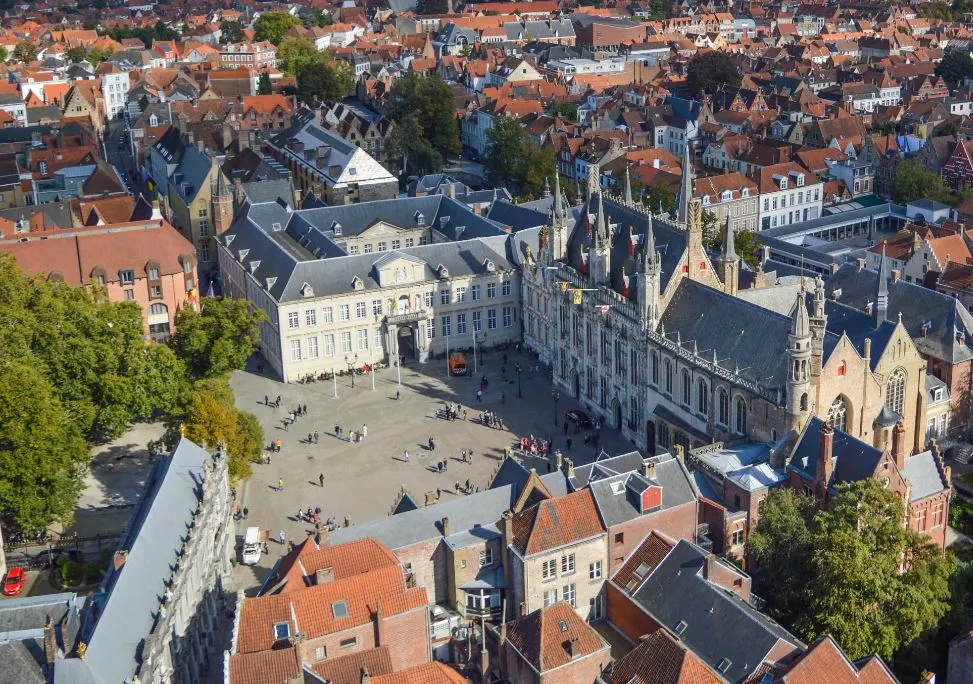Every city has that special place where it all began, and in Bruges, this spot is referred to as “Burg Square.”
The name of the square is a reference to the fact that it was once the home of the fortress that protected the city during the Early Middle Ages.
I say Early Middle Ages because the fortress has a history that goes back to before the 9th century, quite a while ago indeed.
Today, it’s a hotspot for tourists, and as you surely expected, it’s lined with amazing landmarks, including some of the most famous buildings in Bruges.
History of Burg Square
The history of this famous square in Bruges can be traced back to the Early Middle Ages, a period in history when ancient Roman roads were still the important thoroughfares of Europe.
The street known today as the “Zandstraat” was a meeting point of two such roads. This was the perfect place to build a fortress to protect the town from Viking invasions.
Count Arnulf I of Flanders (889-965) expanded the original structure so much that it became an enclosed castle covering an area of approximately 1 hectare.
Steen Castle, as it was referred to, became the residence of the Counts of Flanders and remained as such for many centuries. It was eventually demolished in the late 18th century.
Buildings at Burg Square
Even though the castle was flattened, the square is still surrounded by some of the city’s most impressive landmarks today.

Below you can find a list of the buildings you can admire at Burg Square, the true historical heart of the city.
Basilica of the Holy Blood
The Basilica of the Holy Blood was originally a Romanesque building constructed by the COunts of Flanders to serve as their chapel. It was expanded in the Gothic style.
It houses a relic identified as the Holy Blood of Jesus Christ that was brought to Bruges from the Holy Land during the Second Crusade in the 12th century.

Bruges City Hall
Bruges City Hall is a beautiful Gothic building on Burg Square that was constructed between 1376 and 1421, a time when Bruges was part of the Burgundian Netherlands.
The late-Gothic architecture is striking. The building is adorned with sculptures that were added after the French Revolution (the original ones were destroyed during this tragic event).

Brugse Vrije
The Brugse Vrije is the former Manor of the Castellany in the county of Flanders. Their original headquarters was next to Steen Castle on the other side of Burg Square.
They moved to the current building in the 15th century but the building doesn’t look anywhere near how it did back then. It was rebuilt in the Neoclassical style in the 18th century.

Old Civil Registry
The Old Civil Registry is one of the most beautiful buildings in Bruges and one of the greatest examples of Renaissance architecture in the city. The building was completed in 1537 and as the name suggests, it housed the city’s, Civil Registry.
It has been renovated several times, including the stunning gilded sculptures that decorate the roofline. These were restored to their former glory in the late 19th century.

Provostry of St. Donatian
The Provostry of St. Donatian is the amazing Baroque building you come across on the left when you walk to Burg Square from the city’s Grote Markt.
It was constructed between 1665 and 1666 and exemplifies triumphal Baroque architecture that was popular during the Counter-Reformation in this period of history.

